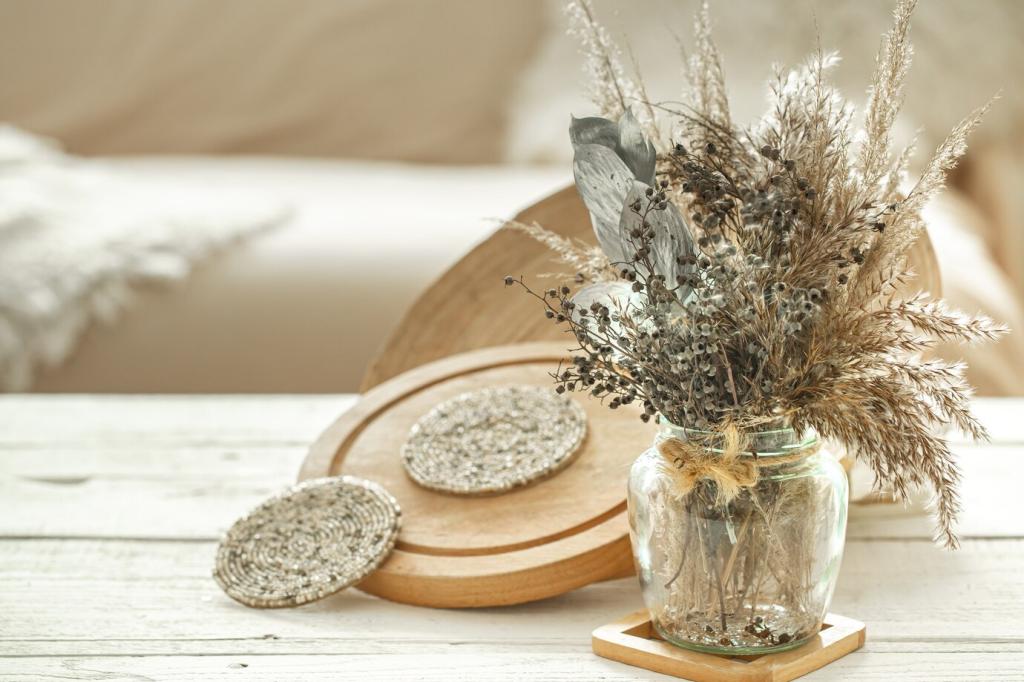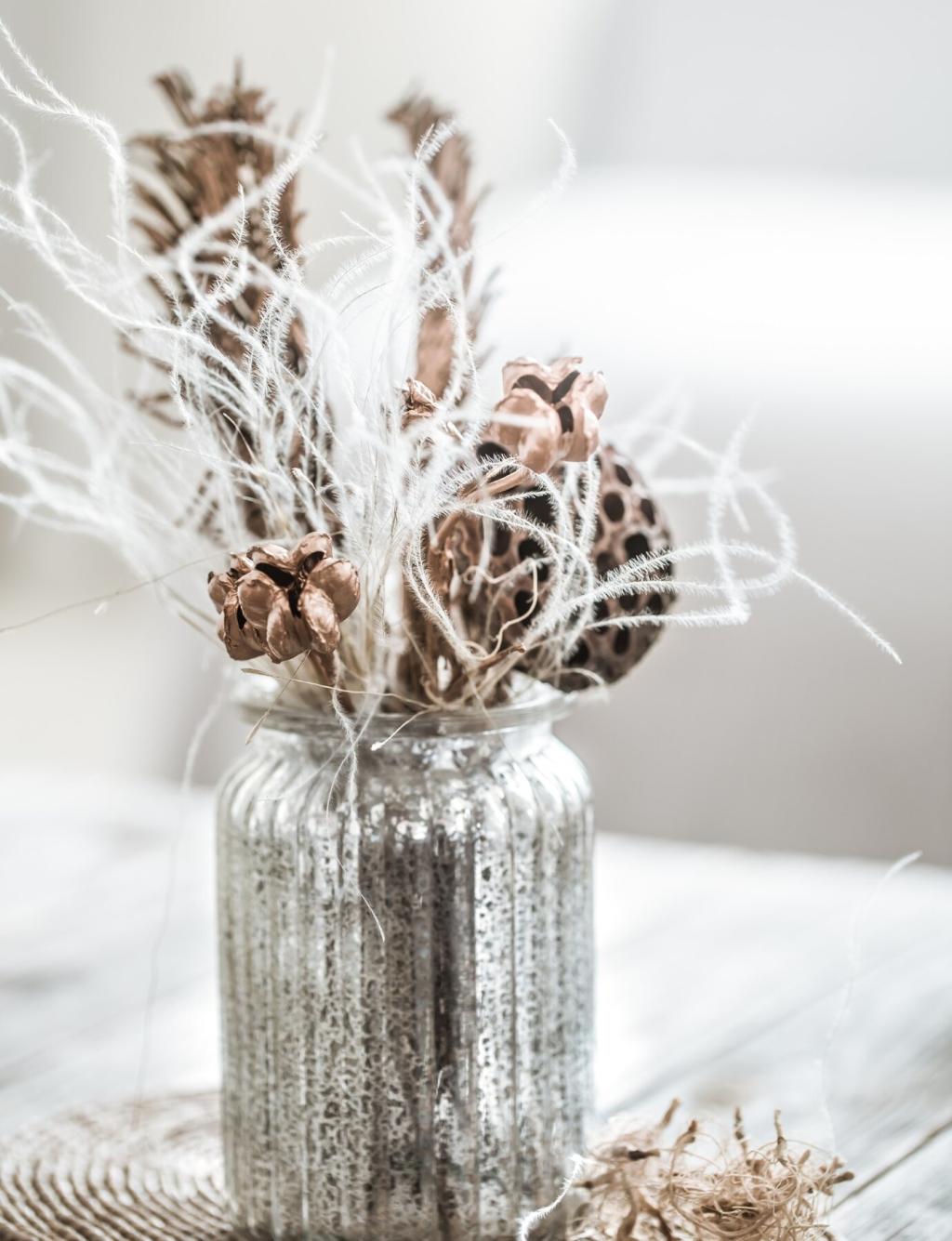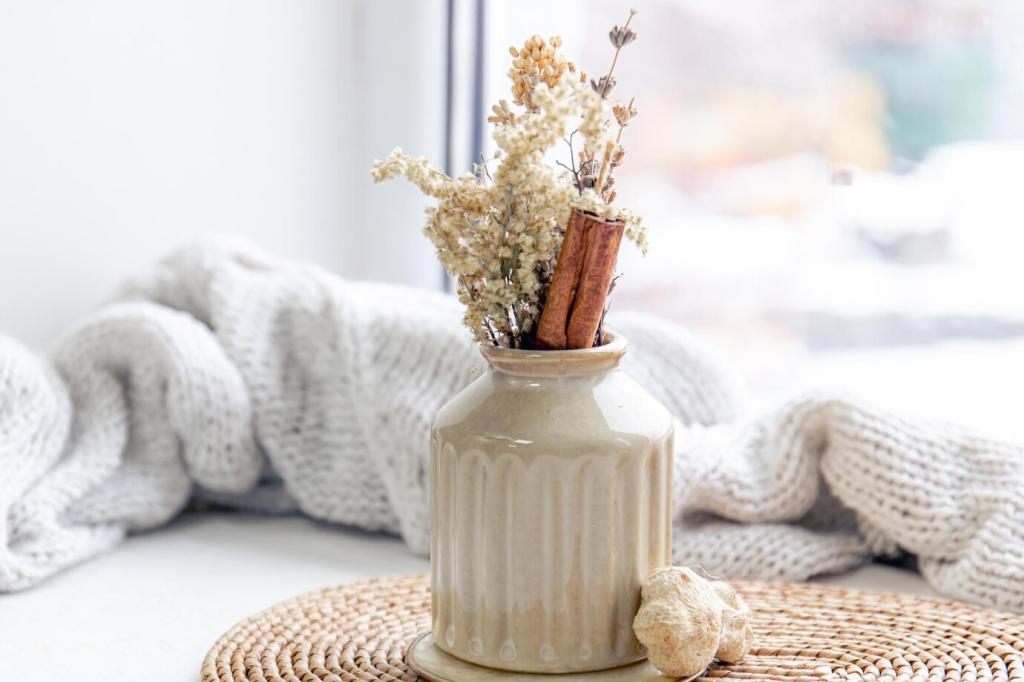
Biophilic Design: Bringing the Outdoors In
Selected theme: Biophilic Design: Bringing the Outdoors In. Step into a calmer, brighter home where sunlight, textures, and living greenery reconnect you with nature every day. Join our community, share your spaces, and subscribe for fresh, uplifting ideas.
Why Nature Lowers Stress
Biophilic design taps into our innate affinity for living systems, easing stress through views of greenery, gentle motion, and organic textures. Research links nature exposure to reduced cortisol, improved attention, and faster recovery after mental fatigue or difficult tasks.
Light, Rhythm, and Rest
Morning daylight helps set circadian rhythms, supporting energy and sleep quality. Even reflective surfaces and sheer curtains can amplify natural light, boosting mood, stabilizing focus, and making compact rooms feel more open, inviting, and alive throughout each season.
Attention Restoration in Practice
Soft fascination—rustling leaves, rippling water, rhythmic shadows—gently engages our senses without overwhelming them. That mental break replenishes focus, enabling deeper work later. Try adding a small indoor fountain or swaying grass near your desk and notice your stamina.

Light, Air, and Views That Heal
Position mirrors to bounce morning light deeper into rooms, and keep window sills clear. Pale, matte walls reduce glare while enhancing luminance. Even a narrow light shelf can nudge sunbeams upward, brightening ceilings and making spaces feel higher and more welcoming.
Indoor Greenery with Purpose
01
Plants That Match Your Light
If your space is low-light, try ZZ plants, snake plants, or pothos. For bright corners, consider ferns, monstera, or rubber plants. Group pots in threes for rhythm, and use varied heights to create layered, forest-like depth without overwhelming a small room.
02
Grow What You’ll Eat
A sunny sill can host herbs, microgreens, and compact chilies. Harvesting basil for dinner or snipping mint for tea builds a daily ritual of care. That living connection makes meals feel fresher, healthier, and more personal, especially in small urban apartments.
03
Living Walls, Simply Done
Start small: a modular trellis, felt pocket planters, or a frame of mounted moss for low maintenance. Add a drip tray and schedule watering with reminders. Keep plant choices consistent per panel so their growth forms a tranquil, unified field of green over time.
Repeated, self-similar patterns—like fern fronds or branching rivers—can lower visual stress when used thoughtfully. Choose artwork or textiles with gentle, organic repetition rather than harsh geometry. The result is movement without chaos, stimulating yet deeply restful and grounding.
Patterns and Colors Borrowed from Nature
Blend soft water sounds and subtle field recordings—distant waves, rustling leaves, light rain. Keep volumes low so the sound supports, not dominates. Paired with natural textures, these cues anchor your attention and encourage slower breathing while you write, read, or restore.
Patterns and Colors Borrowed from Nature
Sunlit Starts
Begin mornings by opening blinds, watering a plant, and stepping barefoot onto a natural-fiber rug. Sip a warm drink near a window and plan your day by daylight. Share your ritual in the comments to inspire others seeking gentle, sustaining beginnings.
Green Breaks that Restore
Set a mid-afternoon reset: two minutes of box breathing beside your tallest plant or a brief balcony stretch. Notice leaf textures, shadows, and scents. Small pauses compound into steadier energy, kinder focus, and fewer late-day crashes as the week unfolds.
Community and Continuity
Post a photo of your coziest biophilic corner, subscribe for weekly prompts, and ask questions about tricky light or plant care. Our community thrives on shared experiments, honest before-and-afters, and the little victories that make indoor life feel vibrantly alive.

